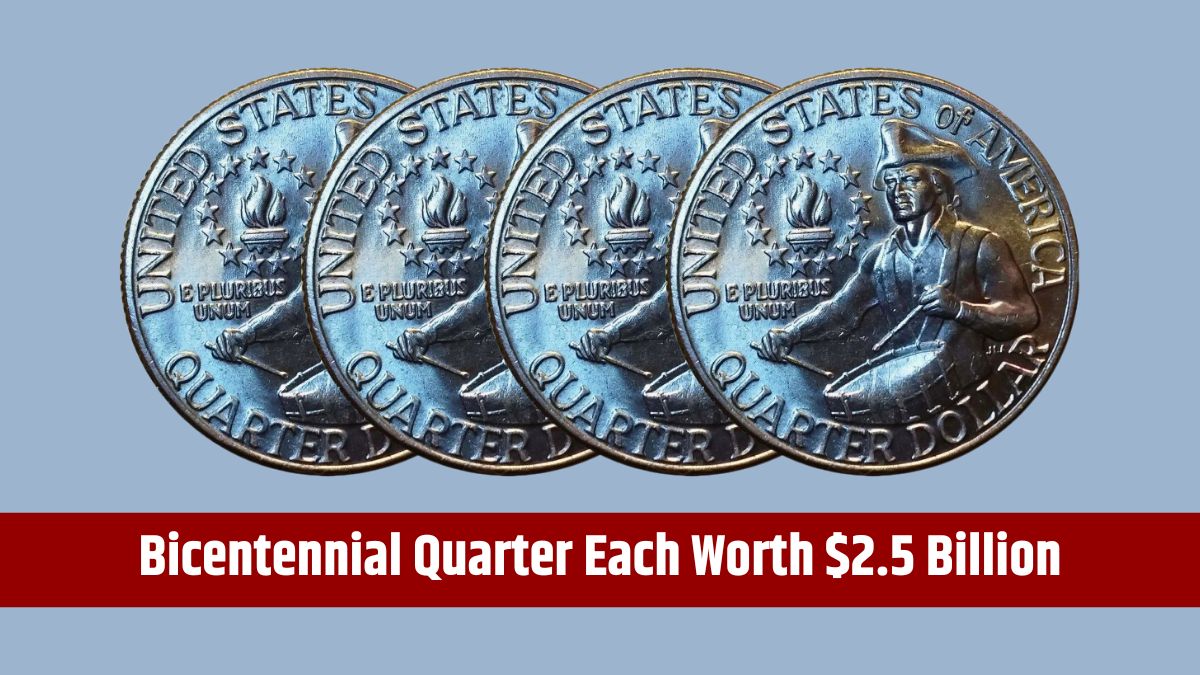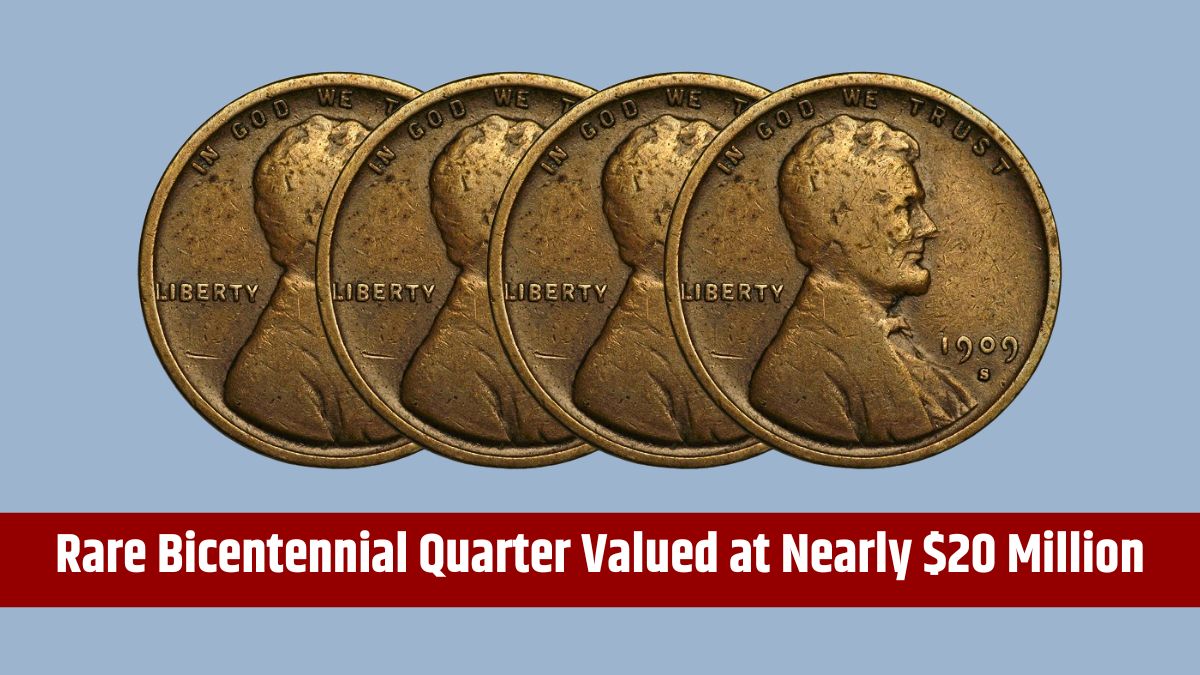The Supplemental Nutrition Assistance Program (SNAP) is a critical lifeline for millions of Americans facing economic hardship. However, determining whether the current SNAP benefits are adequate for every beneficiary is a complex challenge for policymakers.
Ensuring that each dollar allocated to SNAP truly meets the needs of its recipients requires a deep knowing of economic trends, food costs, and the lived experiences of those who rely on this support. Let’s look into how legislators could approach this issue and why it’s crucial to adapt SNAP benefits to reflect current realities.
SNAP Benefits
SNAP benefits are designed to provide a safety net, ensuring that low-income individuals and families have access to a healthy and nutritious diet. But what exactly constitutes “adequate” benefits? The U.S. Department of Agriculture (USDA), which administers SNAP, uses the Thrifty Food Plan as a basis for calculating benefits.
This plan is built around nutritional guidelines and food cost data, aiming to define a basket of groceries that could support a healthy diet for a reference household—typically a family of four, including two adults and two children.
To arrive at this basket, the USDA considers several factors:
- Nutritional Guidelines: The USDA sets specific food categories that are essential for a balanced diet, such as dark green vegetables, whole fruits, and lean proteins.
- Food Costs: The USDA assesses the cost of these foods based on current market prices, ensuring that the Thrifty Food Plan reflects what households actually spend on groceries.
These components are combined into a mathematical model to estimate the minimum cost of a healthy diet. This model, first implemented in 1975, helps define the maximum benefit allotments that households can receive under SNAP. However, the adequacy of these benefits is not static; it requires continuous reevaluation to ensure they meet the evolving needs of recipients.
Challenges in Allocating
The adequacy of SNAP benefits is influenced by various factors, including economic conditions and legislative changes. The COVID-19 pandemic highlighted the need for temporary increases in SNAP benefits to address the urgent needs of affected families. However, these increases were short-term and not indicative of permanent changes to the program.
Two primary factors can affect the amount of SNAP benefits a household receives:
- Reevaluation of the Thrifty Food Plan: The 2018 Farm Bill mandated that the Thrifty Food Plan be updated in 2022 and every five years thereafter. This update ensures that SNAP benefits reflect current food costs and dietary needs, providing a more accurate measure of what constitutes a healthy diet today.
- Inflation Adjustments: Each year, the USDA adjusts SNAP benefits based on the Consumer Price Index (CPI), which measures changes in the cost of a specific set of goods and services. As inflation rises, the cost of food increases, and SNAP benefits are adjusted accordingly. These changes typically take effect on October 1st, aligning benefits with the latest economic data.
However, inflation isn’t the only factor influencing SNAP benefits. For example, recipients who also receive Social Security may see a reduction in their SNAP payments if their Social Security benefits increase due to a Cost of Living Adjustment (COLA) in January. This increase in income can reduce the amount of SNAP benefits they are eligible to receive, even if their overall financial situation hasn’t improved.
Ensuring SNAP Adequacy for All
For policymakers, the challenge lies in balancing the need for adequate SNAP benefits with budgetary constraints and the diverse needs of recipients. To ensure that SNAP benefits remain sufficient, several strategies could be employed:
- Regular Reevaluation: Updating the Thrifty Food Plan and adjusting benefits annually based on inflation are critical steps in ensuring that SNAP benefits keep pace with the cost of living.
- Consideration of Regional Variations: Food costs can vary significantly across different regions of the country. Policymakers could explore region-specific adjustments to SNAP benefits to better reflect local economic conditions.
- Monitoring Beneficiary Needs: Gathering data directly from SNAP recipients about their spending patterns, dietary needs, and economic challenges could provide valuable insights for tailoring benefits more effectively.
- Adjusting Income Thresholds: The income thresholds for SNAP eligibility, which have remained unchanged for years, should be reconsidered to ensure that more families in need can access adequate support, especially in times of economic downturns.
- Legislative Advocacy: Advocacy for legislative changes that prioritize the financial well-being of low-income households can help ensure that SNAP benefits truly meet the needs of all recipients.
SNAP benefits play a vital role in reducing food insecurity, but their effectiveness depends on how well they are aligned with the current economic landscape. By continually reassessing and adjusting benefits, policymakers can better ensure that every American receiving SNAP has the resources they need to thrive.
FAQs
How often are SNAP benefits adjusted for inflation?
SNAP benefits are adjusted annually based on the Consumer Price Index (CPI).
What is the Thrifty Food Plan?
It’s a model used by the USDA to estimate the cost of a healthy diet for a reference household.
Can Social Security benefits affect SNAP payments?
Yes, increases in Social Security benefits can reduce SNAP payments due to higher income.
Are SNAP benefits the same across the country?
No, regional cost variations can affect the adequacy of SNAP benefits in different areas.
What happens if inflation rises?
SNAP benefits are adjusted upward to reflect the increased cost of living.
















